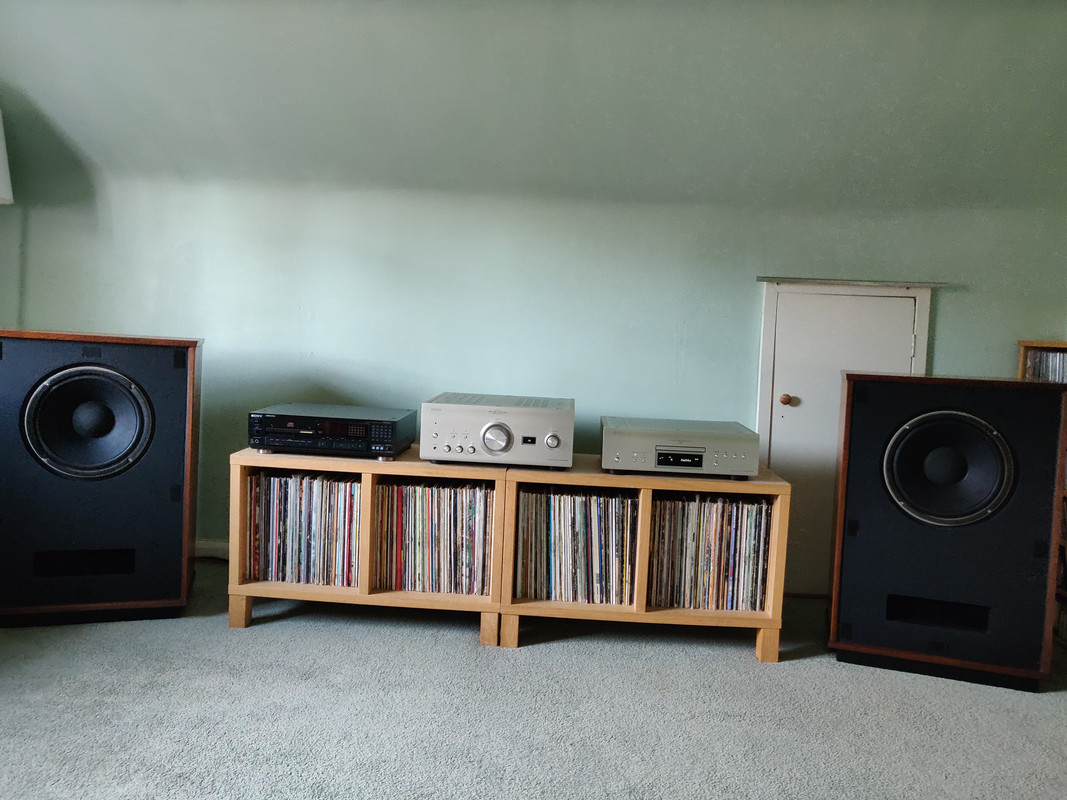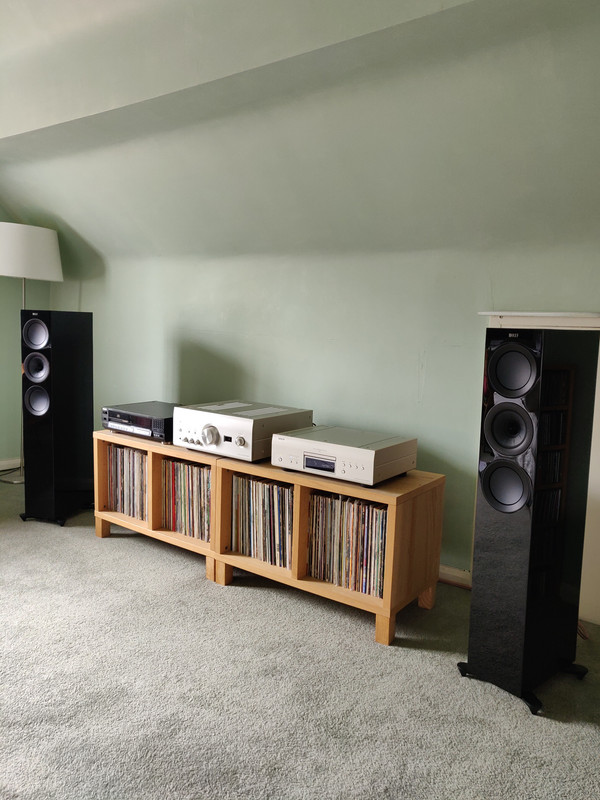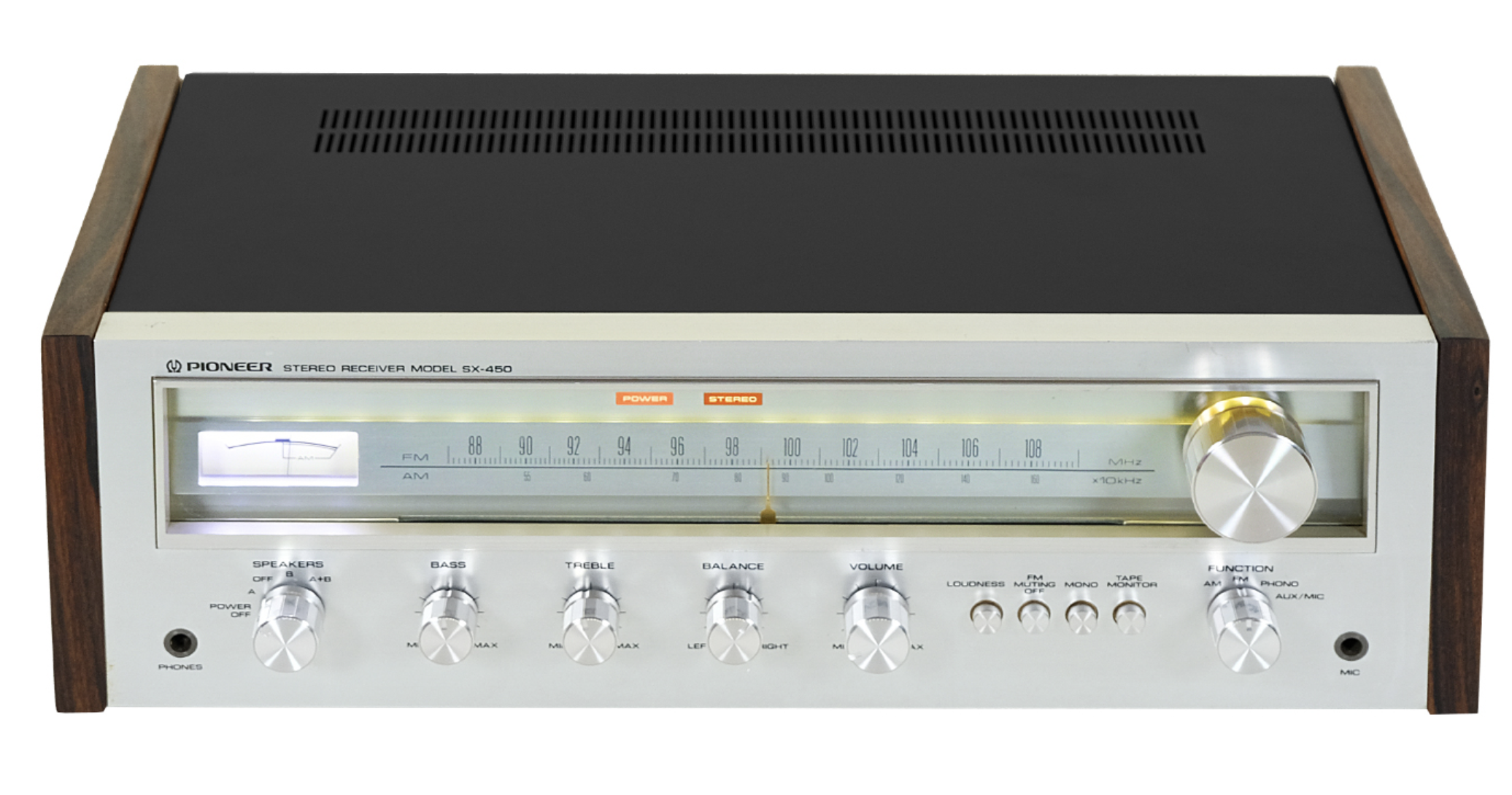Goat
pfm Member
I went from these on Tuesday:

To these on Wednesday:

The former are Tannoy Lancaster 12Rs, the latter are KEF R5 Meta.
Both are great, different but great.
Tannoys are having a rest at the moment.
How are the Kefs in terms of sound? (They certainly look the part).


